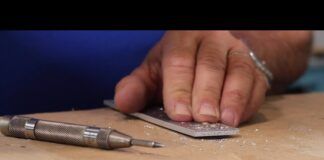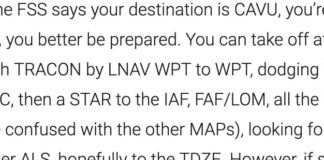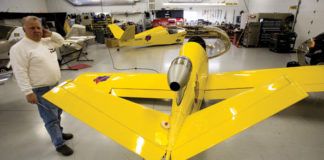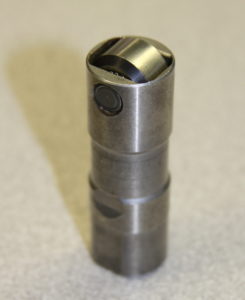
Today’s session at the Lycoming Service School included a little hands on time with maybe the most “radical new technology” to be included in these engines in the last few years – roller tappets. No, Lycoming doesn’t change things very often, but they have spent enough yeas with spalled tappets and camshafts that this is a plus. In a company that measures service data in multiples of decades, it is probably too early to say that these are definitely the answer to everyone’s prayers, but they certainly seem to be the way to go – and obviously, the aftermarket suppliers think so, as they were doing them early on.
Although I have these on one of my most recent engines, I had never had a chance to actually put my hands on the little devils. You can see intuitively from the pictures that the roller is going to ride much better on the cam surface than the slightly domed, almost flat surface of the traditional tappet body. It just makes sense that if you ROLL over the cam surface, it has to be better than sliding over it.
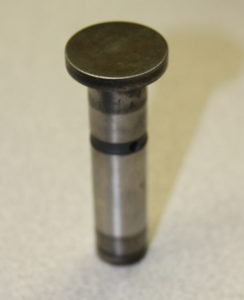
OK, and here’s today’s trivia from the class – if you aren’t going to fly your engine for more than a month, it is better to preserve it than to have someone turn the prop over by hand every once in awhile. Hand rotating merely serves to remove what oil there is from the splash-lubricated parts (like the camshaft lobes and followers), and since the lubrication is what is preventing corrosion, you actually do more harm than good. Fly it or pickle it – but at the very least, don’t turn it over by hand thinking that this is lubricating anything.
Oh – and the trivia number of the day? 75% of cams get replaced during factory overhauls due to surface issues, or simply being out of wear limits!










